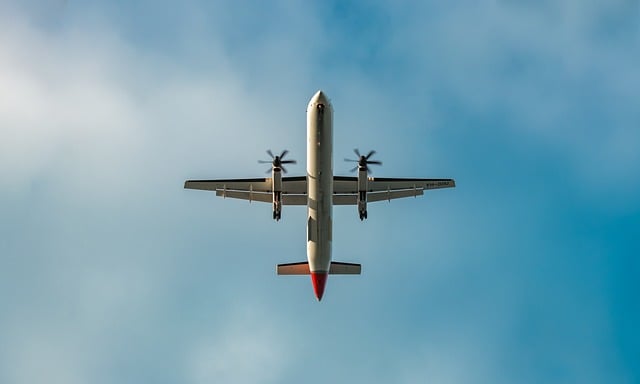This Content Is Only For Subscribers
The International Air Transport Association has released data for February 2024 global air cargo markets showing continuing strong annual growth in demand.
- Total demand, measured in cargo tonne-kilometers (CTKs-), rose by 11.9 per cent compared to February 2023 levels (12.4 per cent for international operations). This is the third consecutive month of double-digit year-on-year demand growth.
- Capacity, measured in available cargo tonne-kilometers (ACTKs), increased by 13.4 per cent compared to February 2023 (16.0 per cent for international operations). This was largely related to the increase in international belly capacity accompanying growth in passenger markets (29.5 per cent year-on-year increase), which far exceeded international capacity on freighters (3.2 per cent year-on-year increase).
“February’s demand growth of 11.9 per cent far outpaced the 0.9 per cent expansion in cross-border trade,” says IATA director general Willie Walsh.
“This strong start for 2024 could see demand surpass the exceptionally high levels of early 2022. It also shows air cargo’s strong resilience in the face of continuing political and economic uncertainties.”
Several factors in the operating environment should be noted:
- Global cross-border trade increased by 0.9 per cent in January.
- In February, the manufacturing output Purchasing Managers’ Index (PMI) climbed to 51.2, indicating expansion. The new export orders PMI also rose to 49.4, remaining slightly below the 50 threshold that would indicate growth.
- February year-on-year inflation dropped to 2.8 per cent in the EU while rising to 2.8 per cent and 3.2 per cent in Japan and the US respectively. After four months of deflation, China reported a 0.7 per cent increase in inflation year-on-year-a positive development amid concerns over China’s economic slowdown.
Asia-Pacific airlines saw 11.9 per cent year-on-year demand growth for air cargo in February.
This was a significant decrease compared to January’s 24.3 per cent year-on-year growth, likely related to slowing activity after the Lunar New Year celebrations. Capacity increased by 23.1 per cent year-on-year as belly capacity came online with recovery in the passenger business.



